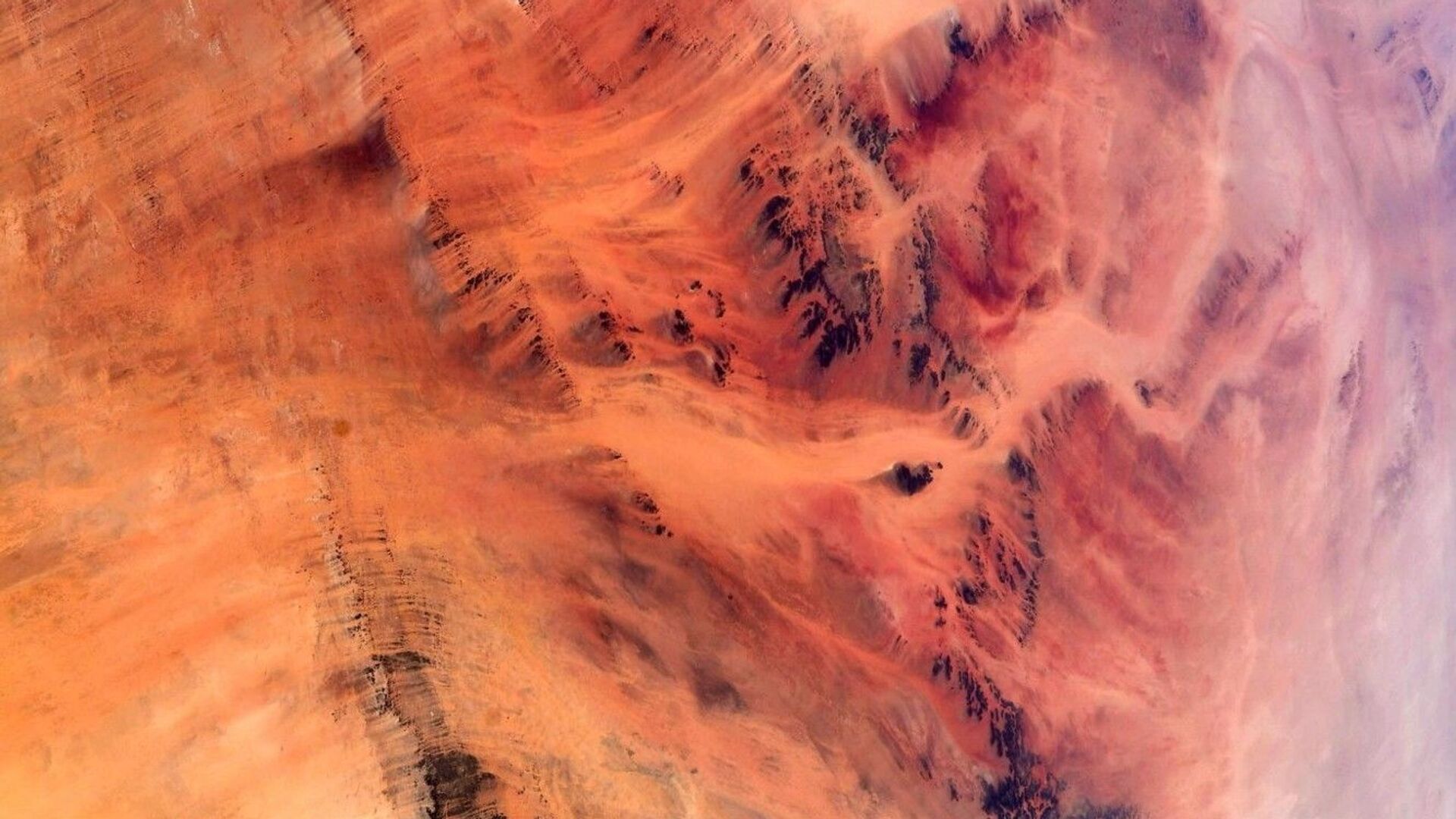https://sputnikglobe.com/20210908/new-study-reveals-how-humans-may-colonise-radiation-hit-mars-1088878052.html
New Study Reveals How Humans May Colonise Radiation-Hit Mars
New Study Reveals How Humans May Colonise Radiation-Hit Mars
Sputnik International
One of the main obstacles to humankind's future attempts to establish a presence on other planets is radiation. Mars became an unhospitable world because... 08.09.2021, Sputnik International
2021-09-08T11:01+0000
2021-09-08T11:01+0000
2022-11-30T10:10+0000
scientific study
radiation
mars
https://cdn1.img.sputnikglobe.com/img/07e5/05/19/1082992310_0:625:1333:1375_1920x0_80_0_0_1ef0bcdc2f077188369eae4ffcc88334.jpg
An international group of scientists claims they have made a discovery that may help in attempts to colonise the Red Planet. In their study, recently published in the journal Geophysical Research Letters, researchers analysed data sent by Curiosity, which has been examining the surface of Mars since 2012.The rover is equipped with various instruments, including a Radiation Assessment Board (RAD). As the name implies, the device measures harmful radiation on the Red Planet, which comes from the Sun and other sources.While examining the Murray Buttes region of the Red Planet, RAD detected a 5-percent drop in radiation. Further inspection showed that about 20 percent of the sky was blocked when the rover was near the area, a detail, which suggests the latter can shield humans and equipment from radiation coming from the Sun.However, there is one problem – albedo radiation, i.e., that which is being reflected from the Martian surface. According to researchers, the same buttes that shielded Curiosity from radiation coming from space, increased albedo radiation.
mars
Sputnik International
feedback@sputniknews.com
+74956456601
MIA „Rosiya Segodnya“
2021
News
en_EN
Sputnik International
feedback@sputniknews.com
+74956456601
MIA „Rosiya Segodnya“
Sputnik International
feedback@sputniknews.com
+74956456601
MIA „Rosiya Segodnya“
scientific study, radiation, mars
scientific study, radiation, mars
New Study Reveals How Humans May Colonise Radiation-Hit Mars
11:01 GMT 08.09.2021 (Updated: 10:10 GMT 30.11.2022) One of the main obstacles to humankind's future attempts to establish a presence on other planets is radiation. Mars became an unhospitable world because, unlike Earth, it doesn't have a magnetic field and thick atmosphere that could have protected it from harmful cosmic rays and radiation.
An international group of scientists claims they have made a discovery that may help in attempts to colonise the Red Planet. In their study, recently published in the
journal Geophysical Research Letters, researchers analysed data sent by Curiosity, which has been examining the surface of Mars since 2012.
The rover is equipped with various instruments, including a Radiation Assessment Board (RAD). As the name implies, the device measures harmful radiation
on the Red Planet, which comes from the Sun and other sources.
While examining the Murray Buttes region of the Red Planet, RAD detected a 5-percent drop in radiation. Further inspection showed that about 20 percent of the sky was blocked when the rover was near the area, a detail, which suggests the latter can shield humans and equipment from radiation coming from the Sun.
However, there is one problem – albedo radiation, i.e., that which is being reflected from the Martian surface. According to researchers, the same buttes that shielded Curiosity from radiation coming from space, increased albedo radiation.



